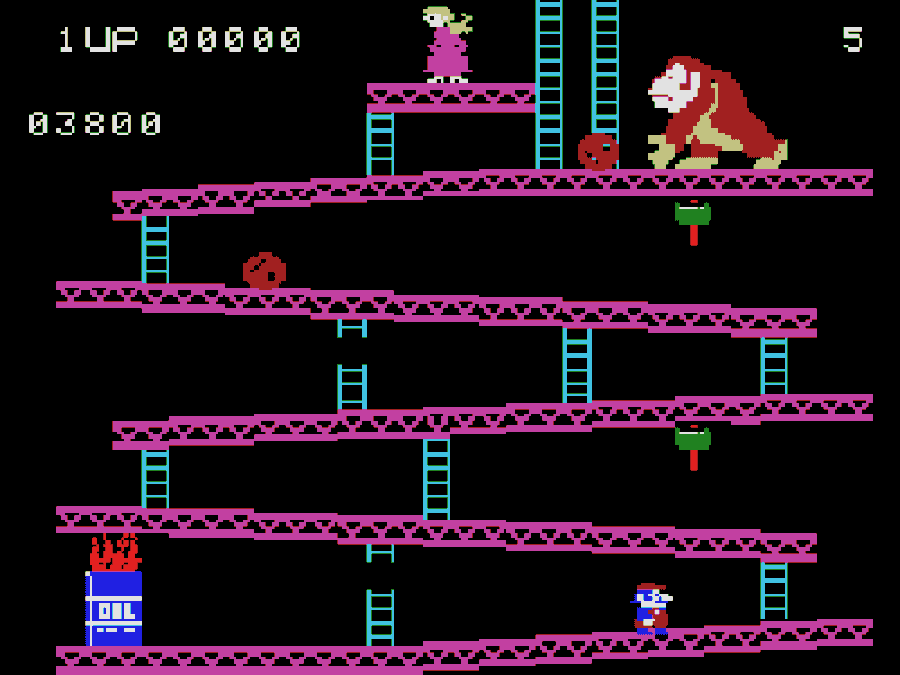
When you think of the early '80s video game scene one name instinctively springs to mind: Atari. This pioneering firm had practically invented the concept of the interactive television experience, and its all-conquering VCS (also known as the 2600) was incredibly popular. Naturally such success attracted the attention of competitors, one of which was the ColecoVision, produced by toy firm Coleco.
The ColecoVision hardware was the brainchild of Eric Bromley, a talented designer and engineer who had previously headed up R&D divisions within various coin-op firms, the most notable of which was Midway. “Coleco CEO Arnold Greenberg and I desperately wanted to make an arcade quality, cartridge-programmable video game,” states Bromley. “I had started to do the preliminary design and costing for ColecoVision three years – maybe even more – before its debut in 1982, but it was always shot down as too costly. Marketing a product at a magical retail price-point was the key to everything Coleco produced; it was their mantra. Our team had developed a design around a Texas Instruments video chip and a sound chip from General Instruments, but it was RAM intensive and therefore way above the cost limits.” With the profit margin being the deciding factor, the situation remained static until 1981.
Subscribe to Nintendo Life on YouTube841k
“I picked up a copy of the Wall Street Journal and saw an article about how the cost of RAM had declined,” explains Bromley. “I retrieved the latest cost analysis and substituted the new pricing. It came very close to the target price-point. I ran to inform Arnold Greenberg and burst into his office without even asking his secretary; before he could react I showed him the new figures. Ten minutes later we were working on a new project with the working name ‘ColecoVision’. We were going to find a really good name for it as soon as we could show something to our sales and marketing people.” The marketing people never came up with a new moniker, and the working title stuck.
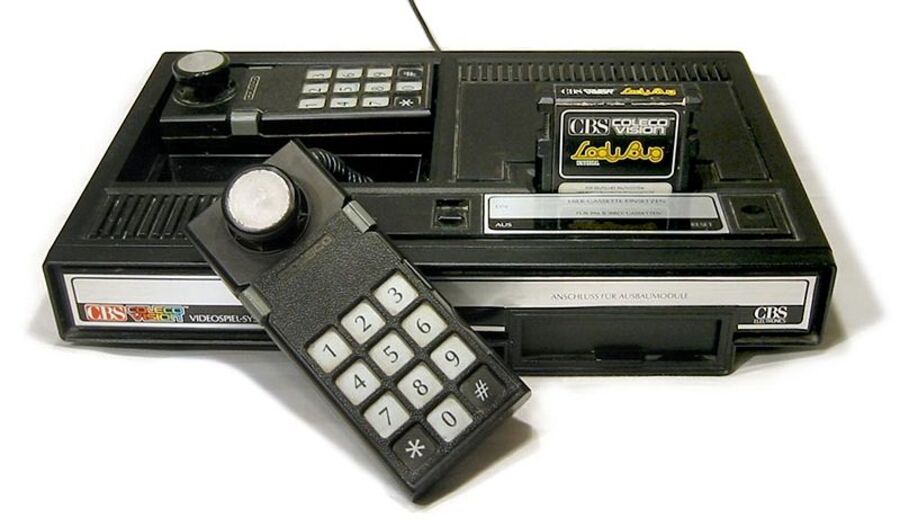
Bromley’s unwavering faith in his creation paid off because the ColecoVision eventually made it into production. The machine’s raw graphical power and clear technological advantage over the competition helped it sell two million units before the world came crashing down in 1984, but possibly the biggest contribution to ColecoVision’s success was the game that was given away free with each console – Nintendo’s Donkey Kong. The story of how Coleco came to acquire this highly desirable arcade licence from under the nose of the incumbent Atari is the stuff of video game folklore, and Bromley is more than happy to exclusively reveal the entire gripping saga.
“It all began with a business trip to Kyoto,” recounts Bromley. He was in Japan to meet with Nintendo president Hiroshi Yamauchi. “It was late afternoon when we were allowed to enter the supreme chamber. The room was one quarter the length and width of a football field and was completely done, floor to ceiling, in matched teak panels. I don’t recall as much as a clock or any picture on the walls. The only thing that broke up this expanse was the doorway opening, one eight-foot desk in the centre of the room with nothing on it but a pad and pencil, two plain wooden chairs set in front of the desk and one very tall-backed leather chair behind it. When we entered, we were the fifth, sixth and seventh objects in the room. I sat down in the left-most chair in front of the desk, and my friend, translator and mentor in all things Japanese, Makihara-san, sat next to me. Yamauchi-san’s aide said ‘Yamauchi-san will be in shortly,’ and then, right on cue, he made his entrance. He came into the room via the parting of the wall behind the desk, which we soon realised was a door disguised as a panel. I then noticed that our entrance way was no longer visible – apparently all doors to this room were panels, or vice-versa. I fully expected that behind every panel in the room was a samurai warrior ready to pounce lest I make the smallest mistake in etiquette!” The intense formality of the setting was clearly intended to intimidate those who arrived at Nintendo’s offices to do business, and the mind-games continued as the discussions progressed.
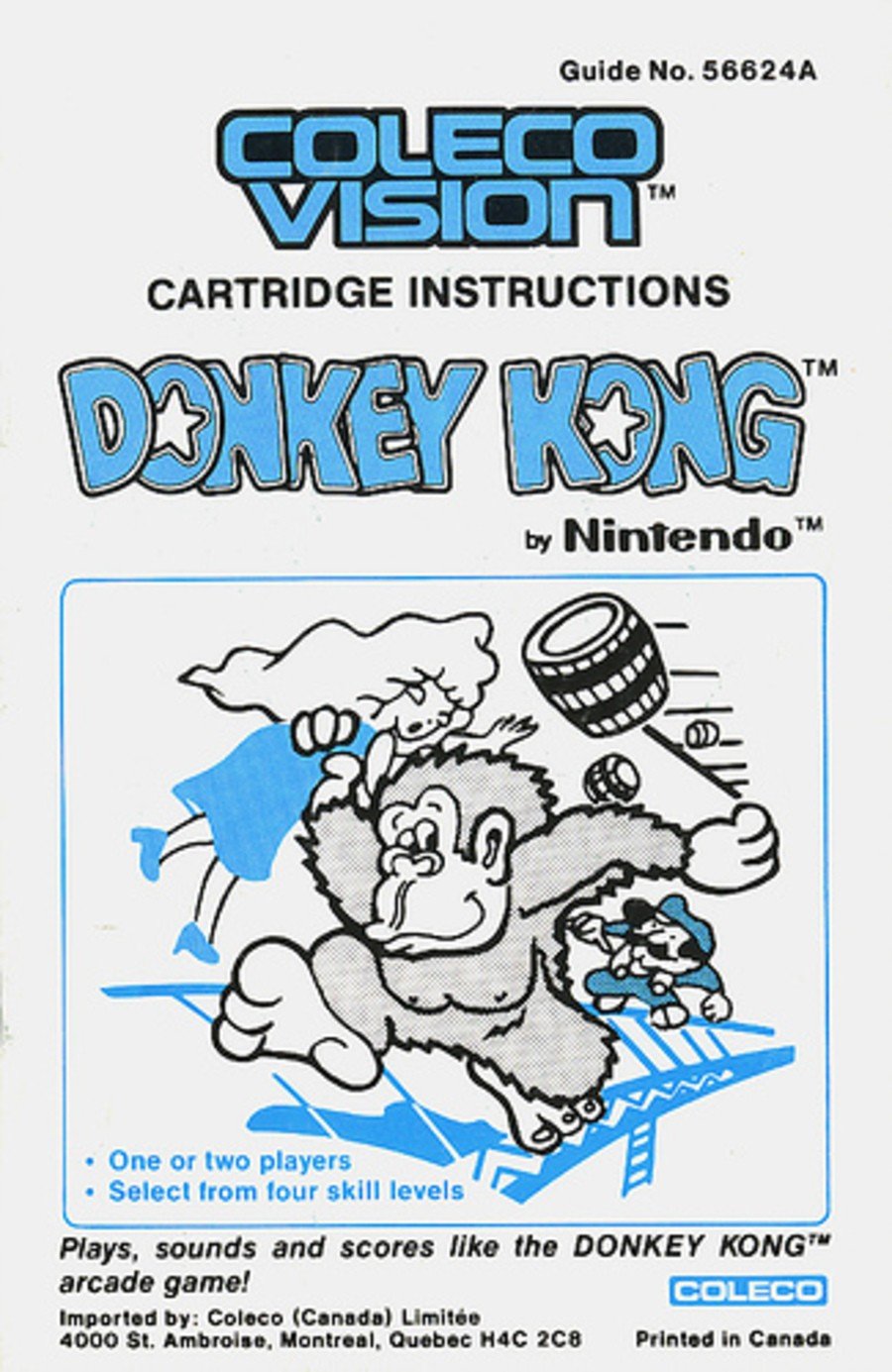
“Yamauchi-san seemed not to understand a word of English,” explains Bromley with a wry smile. “Every word we said was translated. A year later I found out he understands English extremely well.” Other nefarious tactics were employed to ensure that the Japanese firm was always in the strongest position. “I learned never to tell Yamauchi-san the correct day or even time of our departure,” says Bromley. “Because he played an effective negotiating game. He continuously discussed non-essential items and held back important responses, then, when there was very little time before we had to leave to make the train back to Tokyo, he began the real negotiations. At this point there is a terrible pull to give in on any remaining points in order to make the train. Thus began my first lesson in commercial samurai strategy: always lie about when you must leave!”
Bromley returned to Nintendo the next day to resume negotiations, and it was on this fateful visit that he stumbled across the game that would become the ColecoVision’s secret weapon. “We were shown some very unexciting video games, as well as some handhelds that were very popular in Japan but I felt these wouldn’t work in the US,” remembers Bromley. “Afterwards we had an informal late lunch at the headquarters. It was a very simple Japanese meal, not meant to impress. I enjoyed it thoroughly. After trying lots of unknown stuff – I ate these things with the conviction that they did not want me dead, and besides they also ate it – I accepted many cups of tea, after which I asked about using the bathroom.” What followed is probably the most famous trip to a toilet in video game history.
“It turned out that the bathroom was on the floor above,” explains Bromley. ”I decided to find it alone and when I came out I passed an open door which displayed a familiar silhouette – the standard upright cabinet seen in all video game arcades. I turned on the light and there for the first time was Donkey Kong, complete with a picture of a gorilla on each side. I fell in love right there, no question.”

Bromley knew this title – which was hitherto unknown in the West – could be the game to propel his console into the public consciousness. He also knew he had to act fast. “A meeting was arranged for the next day,” he reveals. “I said I wanted the rights to Donkey Kong. I didn’t want Atari to find out about this game. After a lengthy conversation Makihara-san told me Yamauchi-san wanted $200,000 advance and $2.00 per unit royalty. It was around 10:00AM and Yamauchi-san knew that I needed to catch my train, so then he added the kicker: the US$ 200,000 must be wired to his account by 12:00 midnight, or there was no deal.”
The odds were most certainly against Bromley. “The most Coleco had ever paid for an advance for any license up to then was $5,000,” he says. ”Also, they never, ever paid more than 5% of their selling price; the worst case would be about 90 cents. Now because of the need to wire the money before 12:00AM Tokyo time, I needed to take the next available train. I would have to call as soon as I got back to my hotel in Tokyo which would be in the afternoon and therefore wake up Arnold Greenberg in the US, the only one who could authorise an immediate wire transfer. I was to call him at home, wake him up, and then ask him to wire $200,000 for a game he has never seen or heard of. If that wasn’t bad enough, he then has to agree to more than twice the usual royalty amount!”
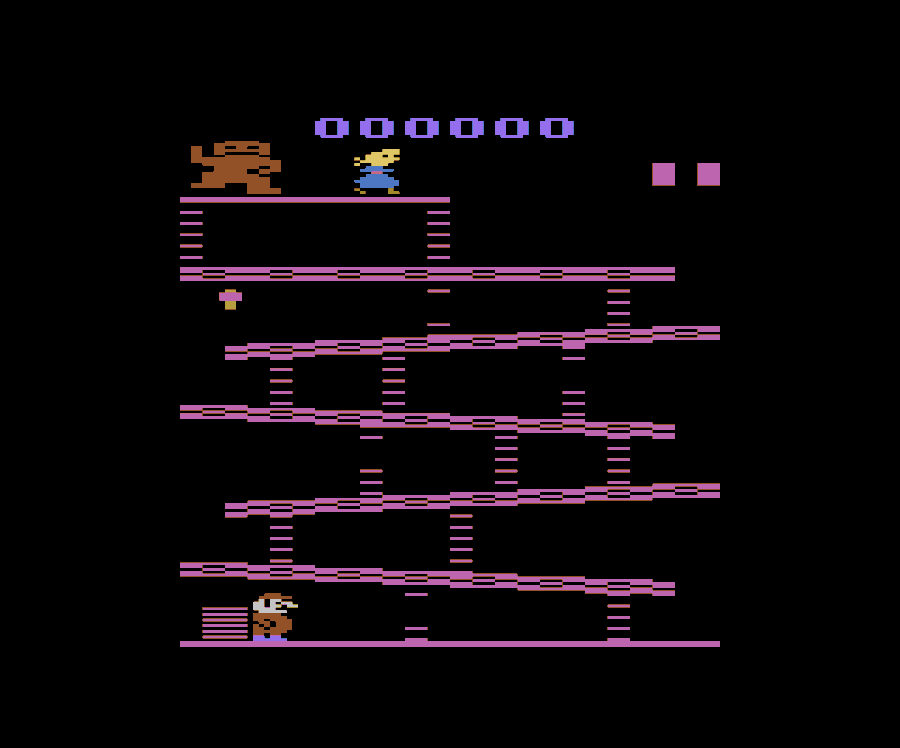
Bromley stayed firm, spurred on by the fact that he knew that Donkey Kong would be a smash-hit once western gamers laid eyes on it. “Upon my return to Tokyo, I called Arnold Greenberg from my room – I was shaking a little,” he admits. “It was about 4:00 AM in the morning and I got: ‘Whaaaaa? Do you know what time it is?’ I referred him to a conversation we had days before with marketing and sales; we all agreed we needed a really spectacular game to bundle with the ColecoVision console to create an impact. I then told him of the conditions: $200,000 advance and the $2.00 per unit royalty. I said: ‘I have found that game.’ To my surprise all he said: ‘is it really that good?’ I told him that it was as good as Pac-Man. He asked what it was called and I uttered ‘Donkey Kong.’ Silence. For the first time I realized how silly the name sounded. What seemed like an hour later he said: ‘OK. Let’s do it,’ and said he would wire over the money as soon as the banks opened that day.”
Bromley had just secured the home console rights to one of the hottest games of the ‘80s – or at least, he thought he had, until the saga took an unwelcome twist thanks largely to the Japanese way of doing business. “Legal contracts were not something that was part of Japanese culture at that time,” he explains. “We were going to create the agreement over dinner. Makihara-san – who at this point was accepted as official translator for both sides – started the negotiations and wrote down six or seven points on a cloth napkin. I forget how many points we ended up with, but when translated into English on still another napkin, I could read them all without unfolding it. We had a deal. I took my $200,000 napkin and went home.”
Upon returning to the US, Bromley began to have doubts about the strength of the deal he had just secured. ”In the electric buzz of Tokyo my linen napkin – now valued in the millions based on sales projections – seemed adequate. I can’t remember the look on Coleco’s in-house attorney’s face when I pulled out the napkin, because I didn’t want to see it. I tried to explain that this is how the Japanese do business; you all get high on Saki, write down the points that matter and try to get up in the morning without a hangover.”
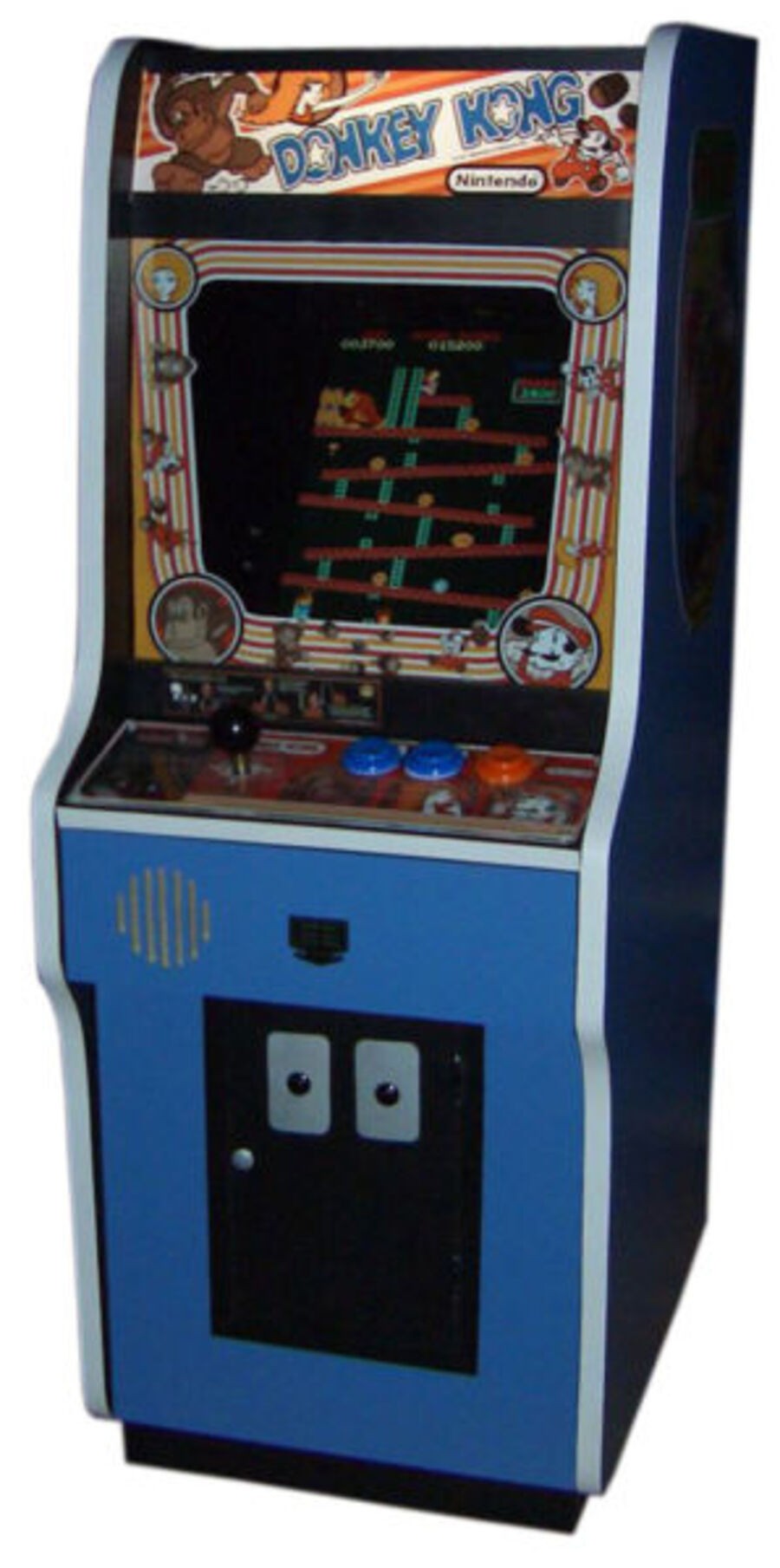
Bromley’s sudden apprehension was well-founded; at the next Consumer Electronics Show, the house of cards very nearly collapsed completely. After months of trying to get Nintendo to sign a contact that was legally-binding in the eyes of US law, Coleco finally got Yamauchi to agree to hand over the vital document at the company’s CES booth. Needless to say, it didn’t exactly go according to plan.
“His daughter Yoko spoke to me and said that Yamauchi-san had given Donkey Kong to Atari,” says Bromley with a face that still displays the pain of the moment. “I froze. Donkey Kong was going to be the ColecoVision anchor. All our marketing plans were placed around that game. I was in a cold sweat. I sat down in my room and was thoroughly depressed for about two hours. I think it was 10:00 or 11:00PM when the depression turned to anger. I called Yamauchi-san’s room and asked to talk with him. His daughter answered and said that he had gone to sleep and was not to be disturbed; she said it very politely and I hung up. But I got still angrier at having my dream disintegrated by Atari’s money, so I called again. She answered and I poured my heart out; I told her how ColecoVision was my dream, how I put together a great team to build the best home video game console ever and that Donkey Kong would look like crap on the Atari VCS. I guess she liked me because she asked if I could be there in fifteen minutes. It was apparent that she was my ally – she believed me that this was not just a product, but my dream. I had someone who believed what I said about the virtues of ColecoVision and could relate them to Yamauchi-san as no one else could.” With Yoko Yamauchi’s assistance Bromley’s unmistakable passion for his console clearly shone through because he was once again granted the domestic rights to the game – but this time in a legally-binding sense.
With the Donkey Kong saga at an end, the ColecoVision had a game that proved just how powerful the machine was. By this point Nintendo’s title had become a worldwide smash-hit (and angered King Kong studio Universal in the process, but that’s another story entirely). Released in August 1982 and bundled with Donkey Kong, the machine would find its way into half a million American homes by Christmas of that year; an incredible achievement in a market dominated by Atari.
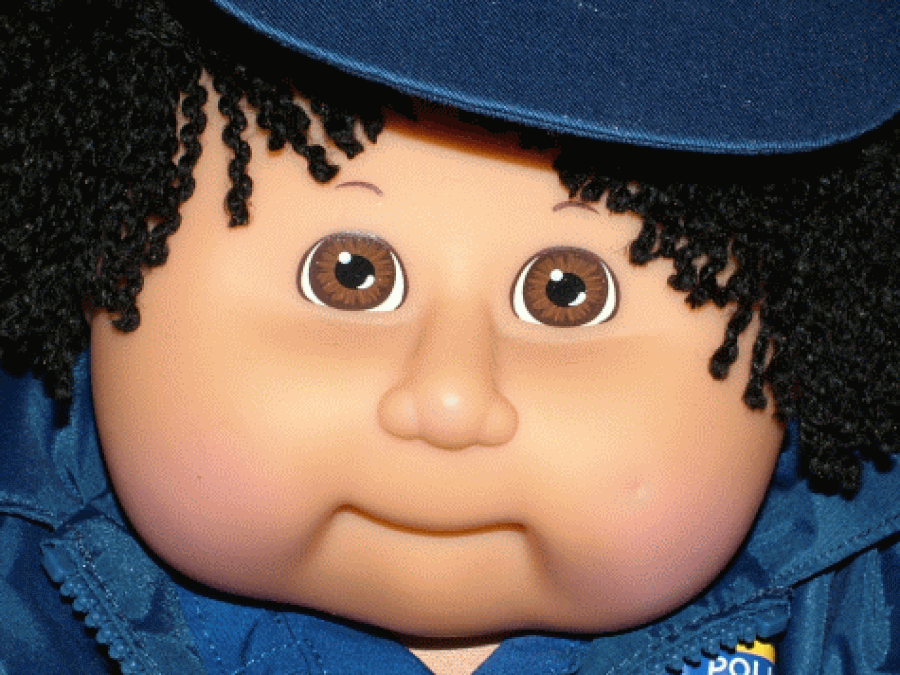
Early in ’83 the ColecoVision passed the magic one million sales marker and had the industry stayed buoyant, Coleco would have almost certainly been in with a chance of becoming the number one hardware manufacturer in the States. Sadly things didn’t stay the same; the infamous video game crash of 1983 put the industry into a nosedive and all of Coleco and Bromley’s hard work was effectively ruined.
The company staged a retreat from the video game arena, moving back into children’s toys – the most notable being Cabbage Patch Kids. “They bet on plush, Nintendo bet on electronics and video,” says Bromley with a shrug of the shoulders. “Nintendo hung in until video games took off again, while the Greenbergs instead blamed myself and the other ColecoVision guys for the failure; all the guys who took them in 1976 from bankruptcy to a million dollar company and in the next eight years to almost a billion.” However, even cute fabric babies couldn’t save the firm’s bacon. “It only took a couple of years after we left to get back to bankruptcy,” Bromley comments. “If Coleco hadn’t given up on video games – crash or not – it would have been here today instead of Nintendo.”
This feature originally appeared in its entirety in Imagine Publishing’s Retro Gamer magazine, and is reproduced here with kind permission.





Comments 26
That is one ugly console. Interesting article.
Wow. Great story. Thanks!
I love this story (although I'd never heard the bit about seeing DK on the way to the toilet). I may be aging myself here, but the ColecoVision was the dominant force in my home growing up, until I got the NES when I was 8. My dad was a gamer from the beginning, and he had a PONG machine, but he skipped the Atari and went straight to the ColecoVision because it was the gaming powerhouse at the time. There were so many great games for the system, and the arcade ports were all pretty faithful.
Ah colecovision I haven't heard the name in years. Its what I had also till nes. Thank God for the nes cus after a while the coleco sucked.
Interesting manner to press the people to negociate taking the important points few minutes in a hurry in the other side
Never heard that one before. Interesting story.
wow, that was a good read. Nice tale of wonder, hope and loss, and it definitely kept me intrigued.
Thanks for posting!
The cool thing about the Coleco Vision is that you could also buy an adapter to play Atari games.
Wow what an awesome article. Please do/get lots more of these in-depth retro features - they're awesome!
Great article. Yamuchi's a bit of a pretentious ass, huh?
What a disgusting way to do business.
Great article. I owned a Colecovision back then also, and loved it. I Kinda wish they would`ve stayed in that line of buisness just to see what they would be producing today. I`d love to here about Universal and Donkey Kong after reading this too.
Ah, the times when your ability to run a quality arcade port mattered...not something I miss, personally (I've always preferred home console-styled experiences). Still, it was a VERY interesting read.
@SavageBlackWolf: The Gaming Historian has covered that piece of history quite nicely. Just click here!
I actually have this colecovision port with the manual, and I believe it can also be used with the intellivision (the system I actually do have rather than colecovision) but I have yet to actually try it.
Yamauchi-san is even more of an ass than I thought he was, good thing he's outta there now.
I still think the Colecovision was a big force in causing the crash of the game market. They tried to turn a perfectly amazing game console into a half-rate computer and then other companies began to follow. Of course it didn't help that personal computers, like the Commodore 64, were becoming very affordable and offered better graphics, sound, and gameplay. I still have my Colecovision and modules and it's still a great system.
Great article!
We still have our Colecovision at my parents' house. Man, I miss playing Venture, Montezuma's Revenge, and Cosmic Avenger on it.
Check out the screen shot of Donkey Kong. ... It played backward on ColecoVision?
I love hearing Yamauchi-san stories. The man was simultaneously a jackass and a business genius (for a time, at least). The "needing a translator" thing, when he totally did not, is awesome.
I'm so happy i still have my ColecoVision ("inherited" from a friend after the NES took over our lives and he didn't want it any more) -- still works perfectly, too (though i can't always say the same for the controllers).
Thanks, StuffGamer. That was a great read, too. I might look around and see if i can find another ColecoVision just for nostalgic purposes. I forgot all about Venture. I loved that game, also.
@Burning Spear: Not exactly...notice that you still start in the lower left corner. It looks to me more like they kept the sprite dimentions true to the arcade game and had to shorten the climb to make up for having a standard TV screen instead of the tall arcade monitor. If you look closely at the picture of the arcade machine, it has one more level of girders.
@Link-Hero: Whoops, right you are. Still, it seems SavageBlackWolf liked the link I gave. Shrug
lol I watched them both. Thanks again.
Nintendo's President was very clever...but also sly from how he did it.
I guess that was how Nintendo got to the top and remained there...through brutal business.
My friend has this system and it's working condition too.
Nice piece of history, it just goes to show how one or two simple moves can shift destiny so much. I've had the luxury of playing one of these briefly, but that age was slightly before my time (read: My time was post arcades and the onslaught of the NES age if I date myself correctly )
Donkey Kong for the ColecoVision is my favorite version of Donkey Kong!
Show Comments
Leave A Comment
Hold on there, you need to login to post a comment...